What should I expect after Mohs surgery?
When your surgery is complete, your surgeon will assess the wound and discuss ideal functional and cosmetic reconstruction options. Good cosmetic results are an integral part of the recovery process, and that is why the surgery is aimed to leave as little tissue damage as possible. If reconstruction is necessary, your care team will create a plan to treat the area the same day as the tumor removal.
Most patients can drive themselves home following the procedure. Pain associated with the procedure typically is minimal and temporary. Your doctor may advise you to take an over-the-counter pain reliever or a prescription pain-reducing medication if necessary. Limitations on physical activity depend largely on the extent of the surgical procedure. Patients whose wounds were repaired with stitches will typically need to return to the doctor’s office within one to three weeks for their removal.
After a Mohs surgical procedure, you may or may not undergo a repair process to mend the wound left by the surgery. Several reconstruction options exist, and instructions for aftercare are different depending on which approach the surgeon takes.
Our Mohs surgeon and medical team will provide you with detailed instructions to follow at home. Those instructions will include:
- Information about when to change bandages and how to clean the surgical site
- Medication information about prescription or over-the-counter pills or topical ointments
- A timeline for when you can return to certain activities, such as wearing makeup or exercising
- A schedule of follow-up appointments to remove any stitches and monitor your healing
- Recommendations for treating your Mohs surgery scar to ensure it heals and fades quickly
Some patients may experience mild discomfort, bleeding, redness or inflammation, but these symptoms are typically temporary and easily manageable.
 Skin cancers may have roots beyond the visible tumor.
Skin cancers may have roots beyond the visible tumor.
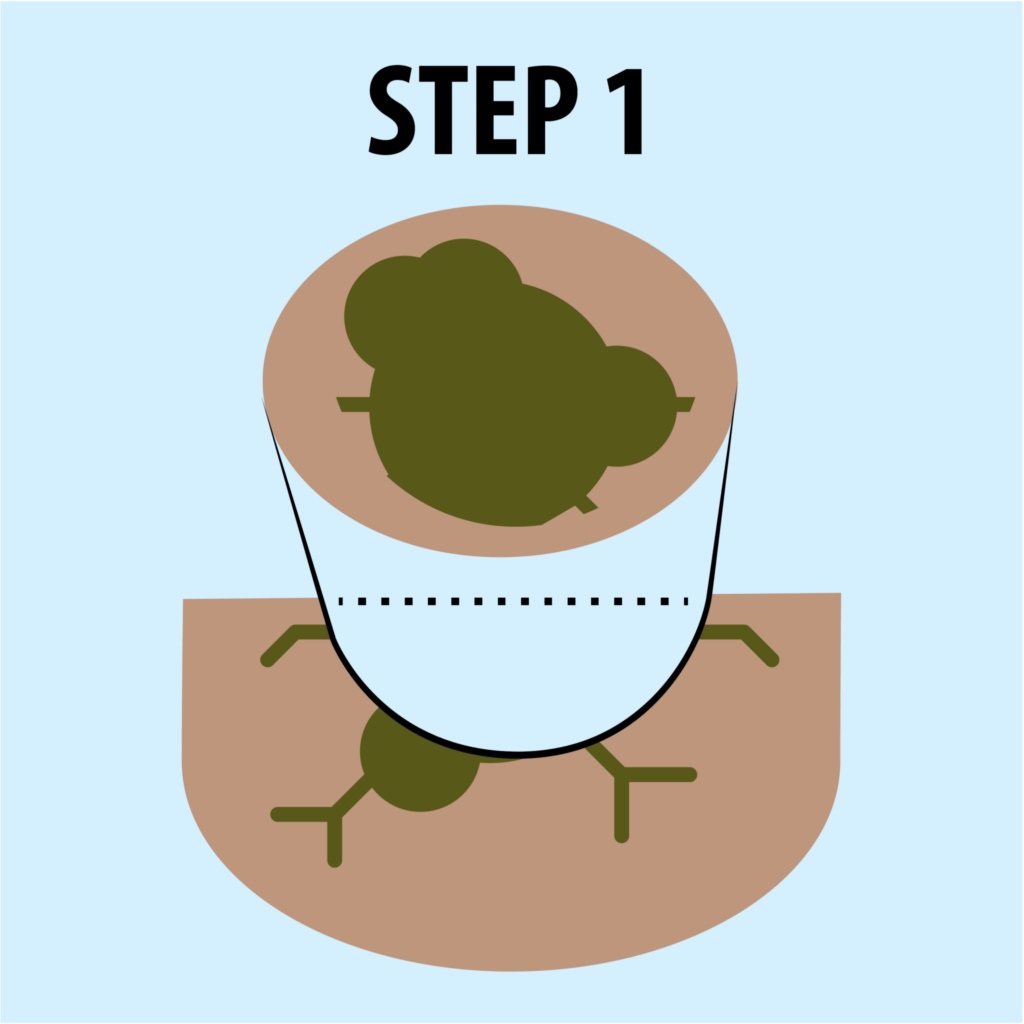 The visible tumor is removed first.
The visible tumor is removed first.
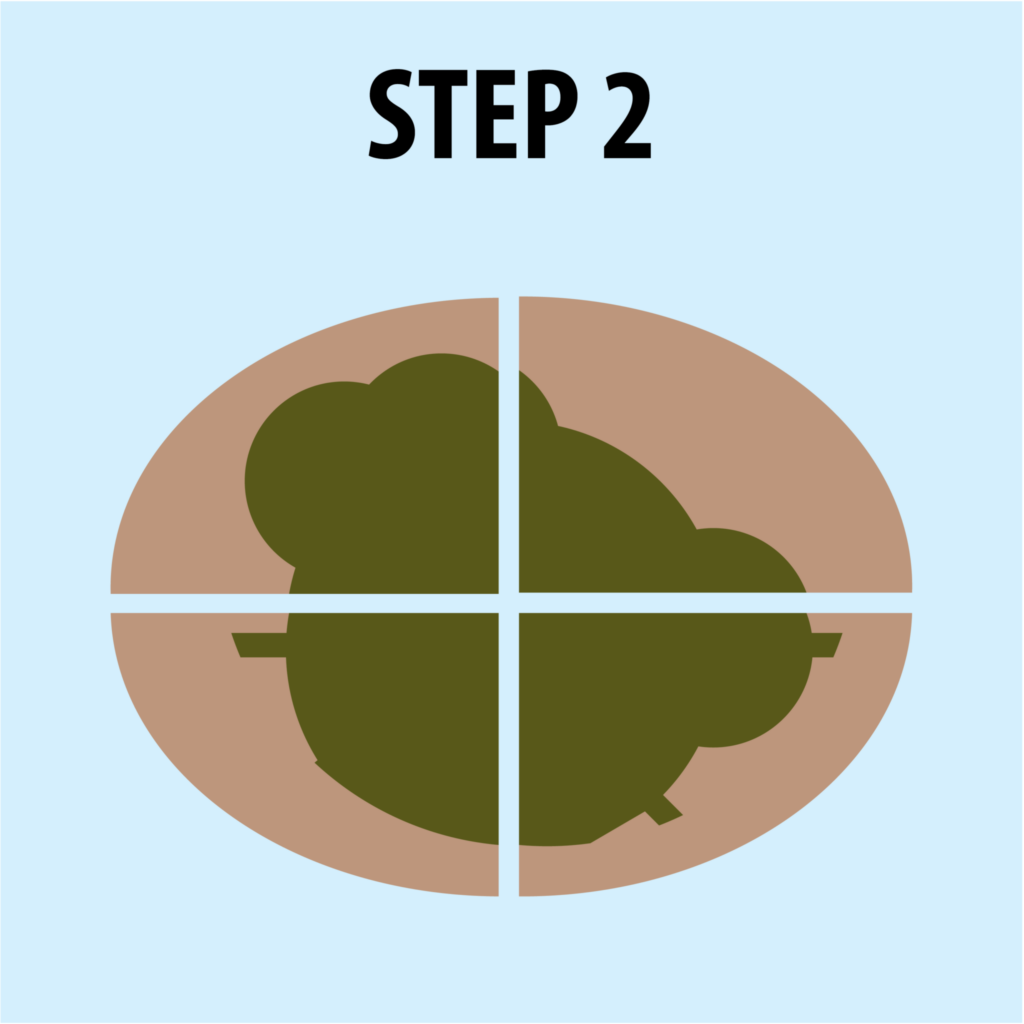 The specimen is divided into sections and mapped to the surgical site.
The specimen is divided into sections and mapped to the surgical site.
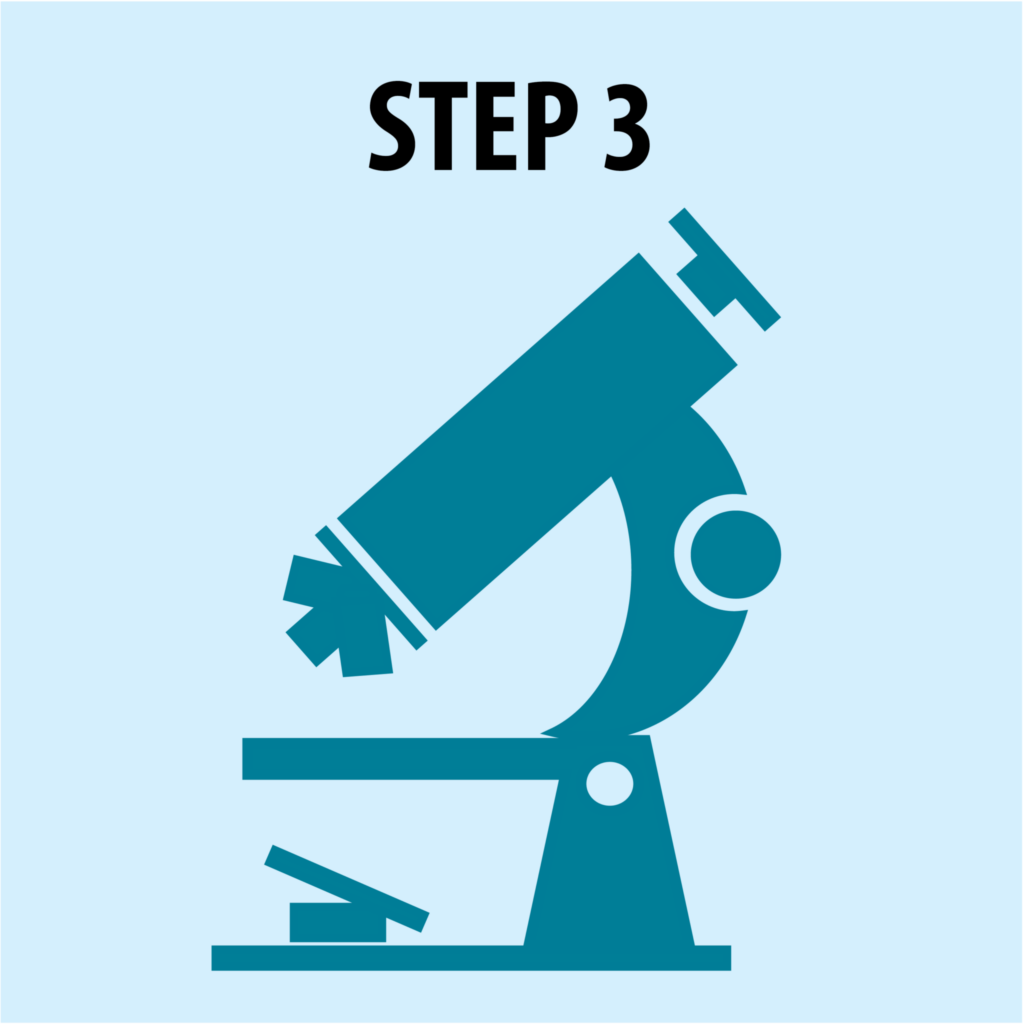 The tissue is microscopically examined on its undersurface and edges.
The tissue is microscopically examined on its undersurface and edges.
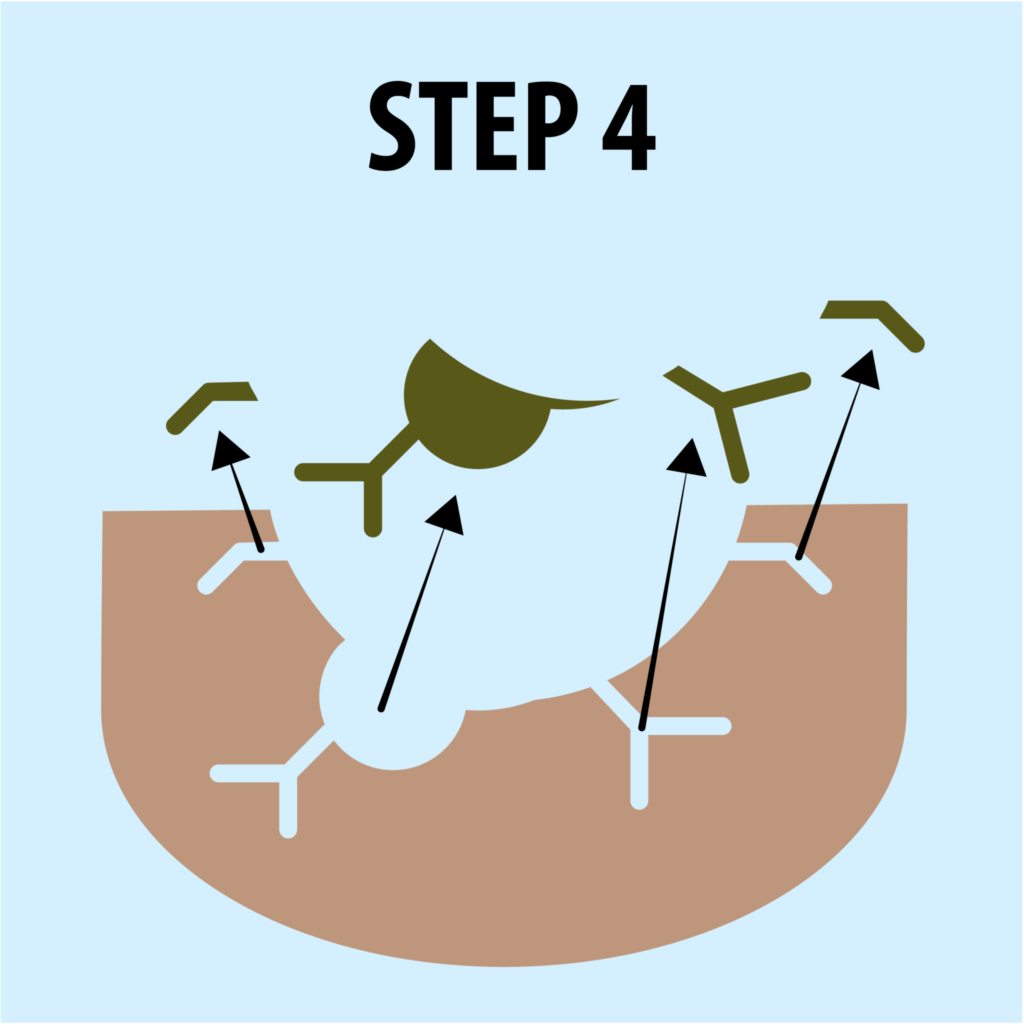 Any remaining cancer cells will be removed with precision. This step may be repeated for complete removal of the cancerous tumor.
Any remaining cancer cells will be removed with precision. This step may be repeated for complete removal of the cancerous tumor.
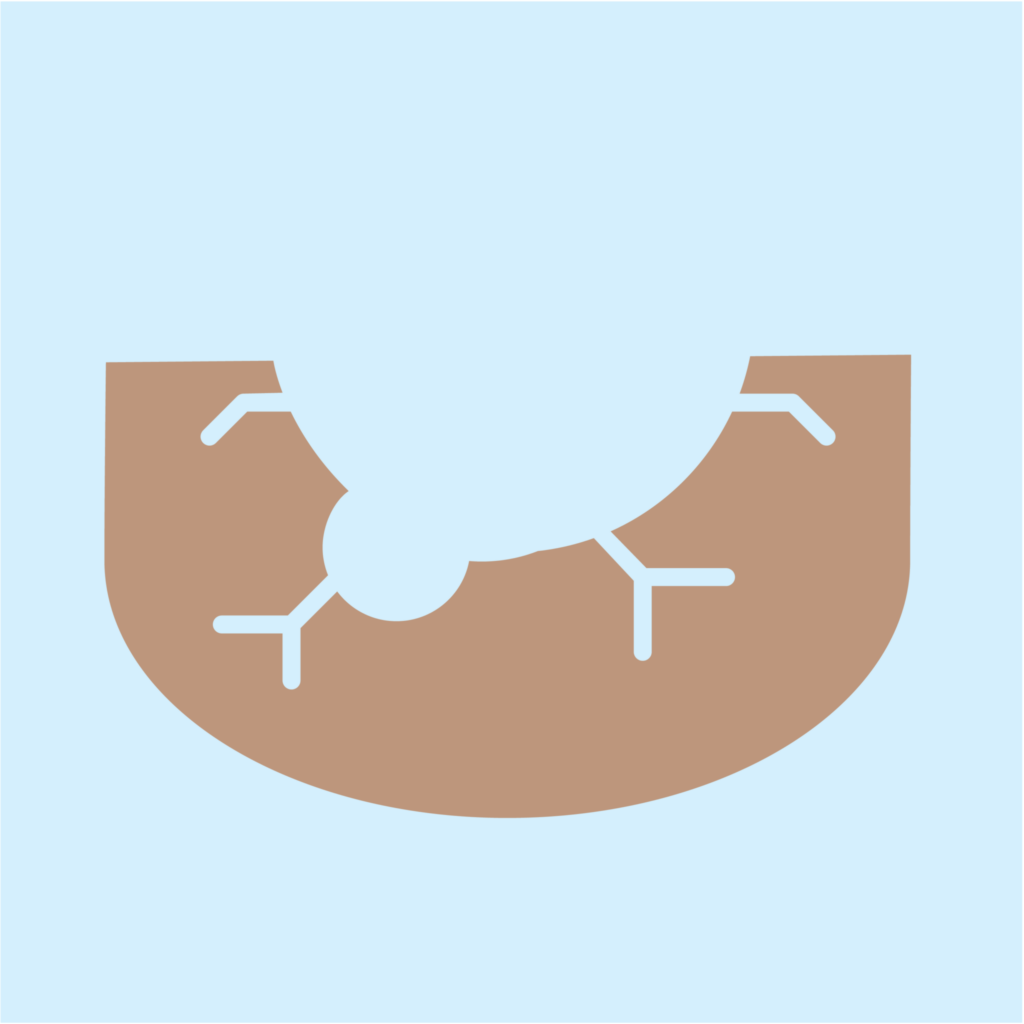 The surgery is complete when no evidence of remaining cancer can be found. The surgeon will then discuss options for reconstruction of the surgical site.
The surgery is complete when no evidence of remaining cancer can be found. The surgeon will then discuss options for reconstruction of the surgical site.